Gran Enemigo 2016
Descripción
Alejandro Virgil cuenta que este tinto es elaborado "al viejo estilo de Pomerol, donde la Cabernet franc se mezclaba con otras variedades de Burdeos". En este caso se acompaña de Cabernet sauvignon, Merlot, Petit verdot y por supuesto Malbec. Nariz redonda con recuerdos especiados y de fruta negra, con un gusto cautivador y persistente.
Ficha técnica
Cata
Viñedo y elaboración
Opinión de los críticos
The varietal blend of the 2016 Gran Enemigo is slightly different from the 2015 I tasted next to it; here, there's a bit more Cabernet Franc and less Cabernet Sauvignon, so 20% Cabernet Franc, 15% Cabernet Sauvignon, 50% Malbec, 10% Merlot and 5% Petit Verdot; but the wine was produced exactly the same: vinification (wild fermentation, shortish maceration) and élevage (in large used French oak vats), so what we see here are the differences provided by the year. 2016 was a very unusual vintage, when they saw more rain than ever (they didn't irrigate the vineyards), and the average temperature was much lower. It was not an easy year, especially in the classical zone of Mendoza, but in Gualtallary, where these grapes come from, it was a truly excellent harvest, one of the best in recent times (until 2018 came). The wine is fresher and more nuanced than the 2015, and there is clout and power but also a lot of finesse and elegance. The palate revealed superb harmony and very fine tannins, the acidity is very integrated and the wine is seamless, with fine chalky minerality and a bitterness in the finish that is salty rather than sweet. There is no room for sweetness in any of these wines; these are savory wines, powerful wines with superb balance and all the ingredients to develop slowly and for a very long time in bottle and destined for the dining table. It fills your mouth, but it's not heavy; it's powerful but feels ethereal. This is probably the finest vintage for this bottling so far. 19,200 bottles were filled in December 2018 from a shorter crop than previous years. - Luis Gutiérrez.
The blue fruit, crushed chalk and stone are so exciting here, as always. Full-bodied with fresh fruit and fine, vertical tannin texture going through the center palate. Softness and balance throughout. So drinkable now, but will improve with age.
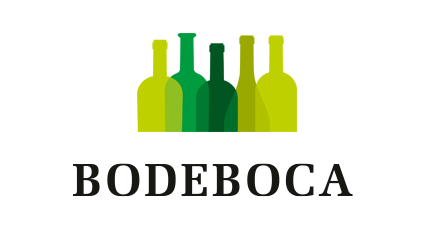
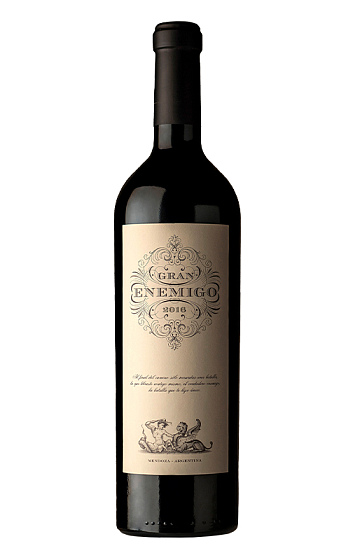

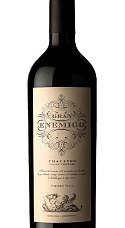
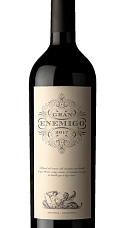
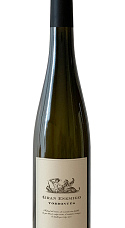
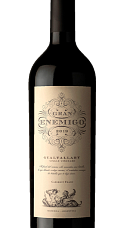


Añadas: 2018 2017 2016 2015
Exquisito,repetiré
El mejor vino argentino que he probado, muy bueno, aunque no volvería a comprarlo por este precio
Brutal
Magnifico. Joya. He comprado la variante “single ...” en otra plataforma que será la leche. El gran enemigo es tener una leyenda en neverita